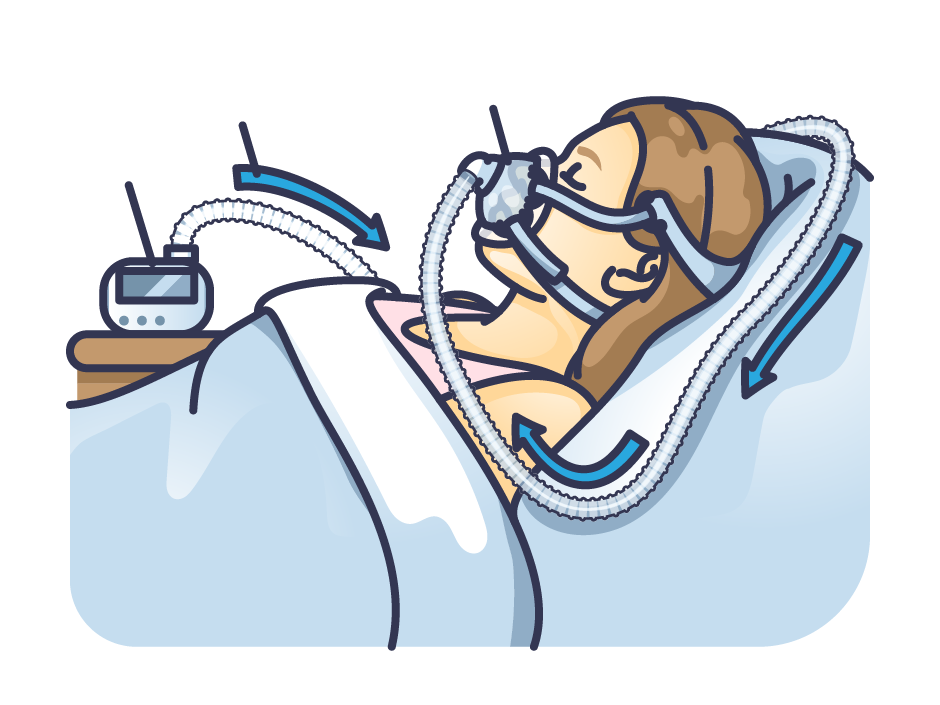Understanding the relationships between cannabis use and sleep disruption
- Shaun McGillis
- Aug 5
- 2 min read
The National Institute on Drug Abuse has awarded Oregon Institute of Occupational Health Sciences Assistant Professor Nicole Bowles, Ph.D., a prestigious, five-year multi-million-dollar R01 grant to investigate the complex relationship between cannabis use, sleep patterns and stress response systems. The study, titled: “Longitudinal reciprocal relationships between cannabis use, sleep, and the HPA-axis,” addresses a critical gap in understanding how cannabis use affects sleep and vice versa.
Cannabis use disorder affects at least 10% of the 193 million people worldwide who report using cannabis. Despite cannabis being frequently promoted as a sleep aid, there is a lack conclusive scientific evidence supporting such claims. This study will focus on young adults aged 21-29, the demographic with the highest prevalence of risky cannabis use and cannabis use disorder.
According to Dr. Bowles, while many people use cannabis to help with sleep, we do not fully understand the mechanisms by which cannabis regulates sleep. What we do know is that when an individual stops using cannabis regularly, they often experience sleep disturbances that can lead them to start using again. This suggests a bidirectional relationship that we need to better understand.
Under the direction of Dr. Bowles, the innovative randomized controlled study will examine 60 participants across three groups: a control group, individuals with moderate cannabis use and individuals with severe cannabis use disorder. During the data collection phase, the research team plans to track participant cannabis use and sleep patterns, measure quality and quantity of sleep, examine responses to longer or shorter sleep durations, and conduct analyses of participants’ cannabinoid and cortisol levels.
The research is particularly timely given the rapid legalization of medial and recreational use in states across the country over the past decade, which has raised concerns about potential negative health and safety impacts. According to Dr. Bowles current research significantly lags consumers’ actual usage patterns, including the increasing use of cannabis concentrates, which have stronger effects compared to traditional smoked cannabis flower.
“This study will help us understand not just how cannabis affects sleep, but also how sleep loss or poor sleep quality might influence cannabis use patterns,” Dr. Bowles said. “And in addition to that, this study also allows us to examine how the body’s adaptive stress response might be the link between sleep and cannabis use.”
The findings from this study could have significant implications for both cannabis policy and clinical practice, potentially informing treatment approaches for cannabis use disorder and sleep-related interventions. As cannabis products become increasingly available and potent, understanding these relationships becomes essential for public health and safety.
________________________________________________
The National Institute on Drug Abuse (NIDA) is part of the National Institutes of Health, a component of the U.S. Department of Health and Human Services. Award Number: 1R01DA061251-01A1




Keeping Communication Open Will Keep Your Relationship Solid
Why Lack of Romance Cause Problems to Relationships
Relationship Rescue Plans Can Help Save Your Love
Just Love Me
Is It Love, Lust, Or Infatuation?
Various Phases in Growing and Evolving Relationships
Can Former Lovers Be Just Good Friends?
What a Woman Really Thinks When You Tell Her She’s Beautiful